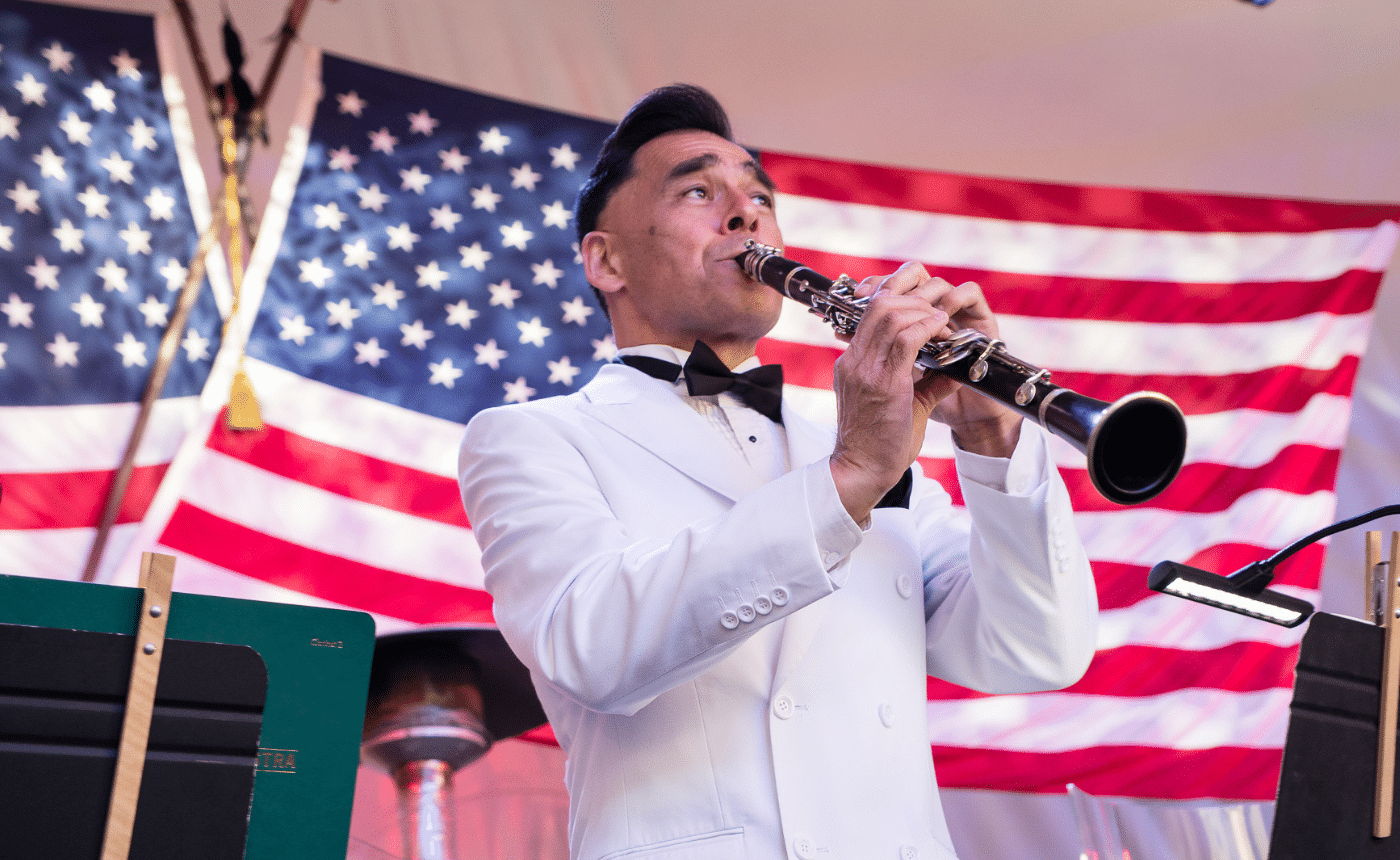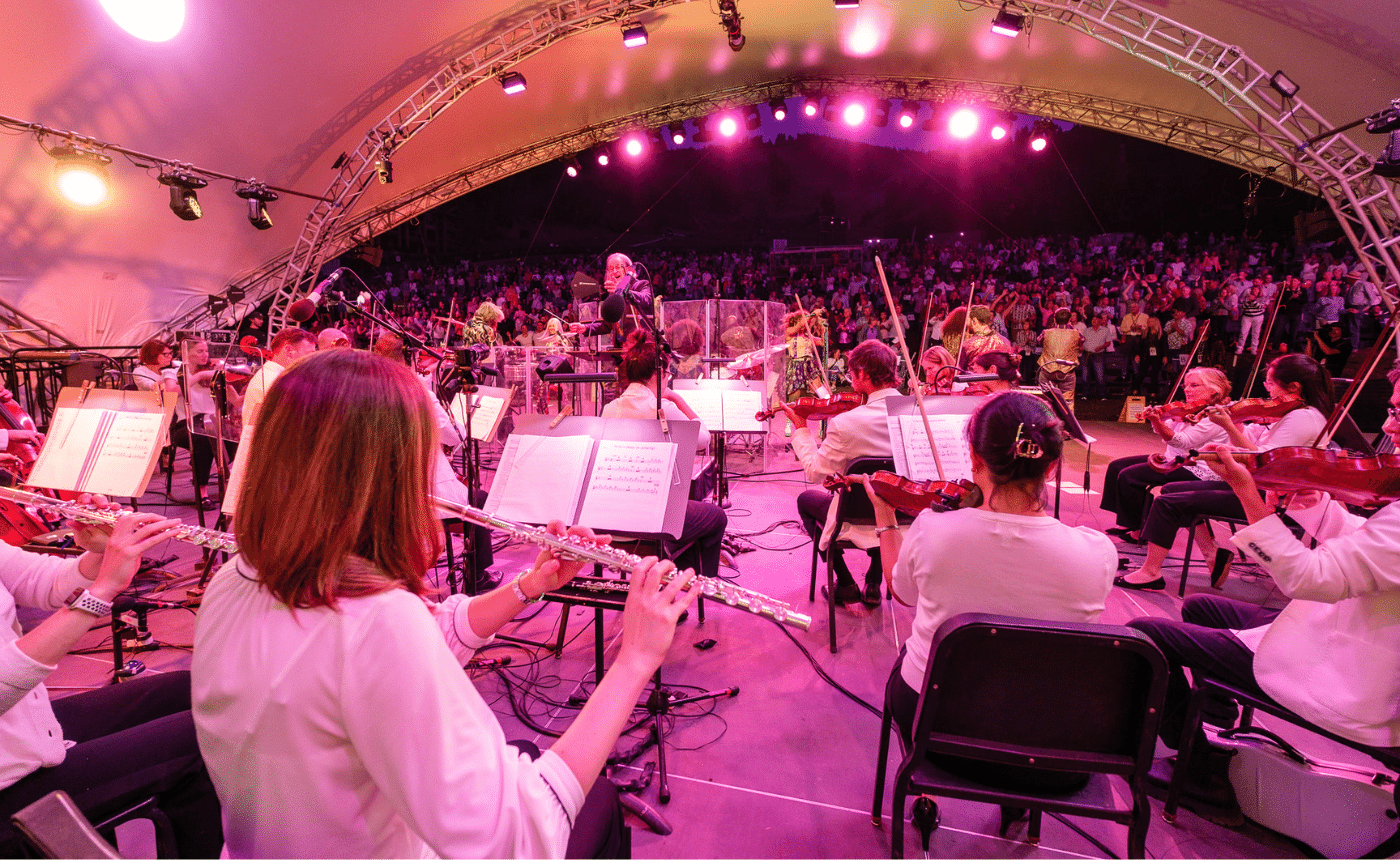Ives – Symphony No. 2
Instrumentation: 3 flutes, 2 oboes, 2 clarinets, 3 bassoons; 4 horns, 2 trumpets, 3 trombones, tuba; strings; percussion
Performance time: 37 minutes
Background
America’s love of the maverick spirit is two-sided. The “tails” side of the coin is our suspicion of independent thinkers who insist upon going their own way even when their ideas run counter to prevailing values. In considering Charles Ives’ work as a symphonist, we can sense a shift in the public’s attitudes toward his music — from skepticism and resistance to acceptance and affection — despite the utter consistency and rigor with which Ives himself approached it. His Symphony No. 2 is probably the most dramatic example of this shift.
Ives probably began work on his Symphony No. 2 shortly after his graduation from Yale, and worked on it for about four years. He was known to have been dissatisfied with his first symphony, which he wrote while still a student, and in his second foray sought to produce a work of greater intellectual heft and maturity. Delayed by his exclusion from the American classical music establishment, the work finally received its premiere in 1951 with the New York Philharmonic under the baton of Leonard Bernstein. By then, Ives was in his seventies.
The symphony was welcomed with a tumultuous ovation. But Ives, whose reaction was described as “ambivalent,” was almost certainly angry at what he heard. Listening from home to a radio broadcast of the performance, he reportedly spat in disgust. Bernstein’s score and the parts used by the orchestra are thought to have included about a thousand errors and unauthorized changes that soon became accepted performance practice despite the composer’s objections. That’s not the sort of thing that would have been permitted in presenting a symphony by, say, Brahms — or, these days, in a symphony by Ives. His compositions, once known mainly for their mischievous humor and distinctively American sound, are now more fully respected for the depth of their originality and craft, and are played accurately. Which means that the performances we enjoy today are richer than those early concerts from more than half a century ago, which have nonetheless earned legendary status in music history.
What to Listen For
Like many of Ives’ compositions, the sound of his second symphony melds European classical traditions with the soundscape of small-town New England life. This is a generously scaled symphony whose five-movement structure, incorporating an additional slow movement, is sometimes compared to Robert Schumann’s Rhenish symphony, which also has an “extra” slow movement in the same (fourth) position. But while both are descriptive of scenic geography (Schumann’s of Germany’s Rhine region), Ives’ symphony has a distinctively American sound that is like nothing else in the classical repertory. As we listen to its evocation of sun, space and the textures of life, we encounter fragmentary quotations from melodies so familiar that they’re almost in our bloodstream — “Camptown Races,” “Long, Long Ago,” and “America the Beautiful,” to name three. European composers had long used this kind of thematic development of folk sources. Another quoted theme, “Turkey in the Straw,” remains a favorite source for American writers and poets as well as composers. Ives also quotes — and tweaks — themes from Bach and Wagner, a practice long accepted in Europe, but daring in the hands of an American.
Of all of these quotations, only one — “Columbia, the Gem of the Ocean” — is played in its entirety; some are mere suggestions, and you may hear others that have eluded past listeners. As deft, artistically crafted references to our musical heritage, these elements are surely impressive. But the best way to enjoy them is not for their precision and their cleverness, but as gorgeous elements in a tapestry that is pure Americana.












